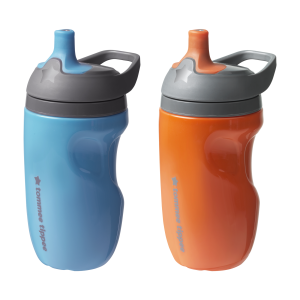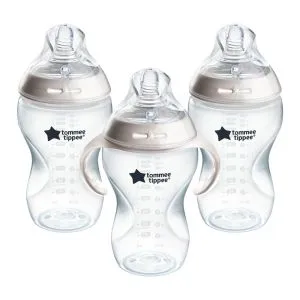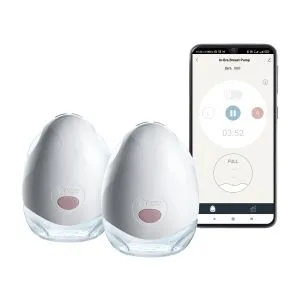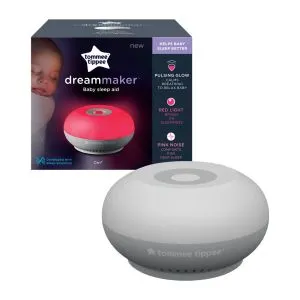How to change a diaper during the night
Midnight diaper changing is one of the more unglamorous sides of parenting, but alas, it must be done! You may be wondering if it's ok to leave the changing until morning.
Generally, if it's just a number one and hasn't soaked through the diaper, you should be fine to not change them straight away. This depends on the baby, however. If your little one has particularly sensitive skin, it can become sore and red if sat in a wet diaper for too long. Remember - parents know best, so trust your gut instinct!
Number twos, though? They've got to go! The longer that stuff stays in there, the higher the chances of your little one getting a rash.
Here are some of our top tips for successful nighttime diaper changes...
Prep the necessary items beforehand
Failure to prepare is preparing not to sleep! We all know how clumsy and disoriented we can feel when we've just woken up. Grogginess and diaper changing don't go well together, so you'll want to make things easier for your future tired self.
Scrambling around searching for wipes or clean sleepsuits can cause your baby to stir and get upset. They want that slumber as much as you do!
Set everything out for yourself in an easy-to-reach spot each night to avoid a tired-fuelled tantrum. You'll both be back on your way to dreamland in no time.
Use dedicated nighttime diapers
Because they do what they say on the tin! Typically designed to be worn for up to 12 hours at a time, nighttime diapers are extra-large, extra absorbent, and extra friendly to exhausted parents!
These diapers are normally made of blanket-like material and promote airflow, making them super comfortable for extended wear. Their high absorbency not only reduces the urgency to change your baby but also helps keep the diaper rash at bay.
Your baby probably won't even notice when they've gone number one. That means, less crying and more sleep for the parents - hallelujah.
Keep the lights low
This is perhaps the trickiest tip on the list, but believe us, it's the one that will make the biggest difference.
Your baby's little eyes are super sensitive to light, especially when they've been sleeping in the dark for hours, so keeping the room dark while you're changing them will mean you can both get back to sleep quickly. If you really need to, you can use a soft nightlight to help you see what you're doing. Our Penguin Night Light is the perfect (and super handy) addition to your nursery.
Use a wipe warmer
If there's one thing babies hate, it's a cold wipe, and we can't blame them! A wipe warmer is a great investment that'll make changing time much more pleasant for your baby.
This simple, yet genius little tool makes those wipes feel soothingly warm against your baby's skin. They might even start to enjoy having their diaper changed! If you're brave enough to try and change your baby without waking them up (good luck!), a wipe warmer will give you your best chances of success.
What to do with a dirty diaper after changing
Disposable diapers
When they're all changed and it's time to dispose of your little one's dirty diaper, a diaper bin and sacks can help to trap in any nasty smells and keep mess to a minimum. Remember that babies can suffocate or choke on plastic diaper sacks, so store them in a safe place that's well out of reach.
If you don't have a dedicated diaper bin, you can roll and bag the soiled diaper, tie the handles of the bag firmly, and put it in your outdoor bin as soon as possible.
Reusable diapers
If you're using reusable cloth diapers, you'll need a liner, cover and somewhere to store them - like a wet bag - before they're cleaned in the washing machine.
When using reusable diapers, follow these steps...
- Once you've changed your baby, dispose of solids from the diaper down the toilet.
- Dispose of the used disposable liner in the bin, don't flush it. If you're using washable liners, add these to your wet bag to be washed with the diapers.
- When it's time to wash them, used diapers should first go on a cold rinse cycle without detergent.
- After the cold rinse, the diapers should be washed again on a non-eco cotton wash. A 140°F wash is recommended for babies aged between three and six months. Once they're over six months, you can wash lightly soiled diapers at 104°F, and heavily soiled ones at 140°F. Don't use fabric softener, bleach, or harsh stain removers as these products can affect absorbency and damage your reusable diapers.
- Once they're clean, you should air-dry your reusable diapers if possible, and keep them away from direct heat.
If you're unsure of how to clean them, it's best to follow the care label on your chosen brand of reusable diaper.









